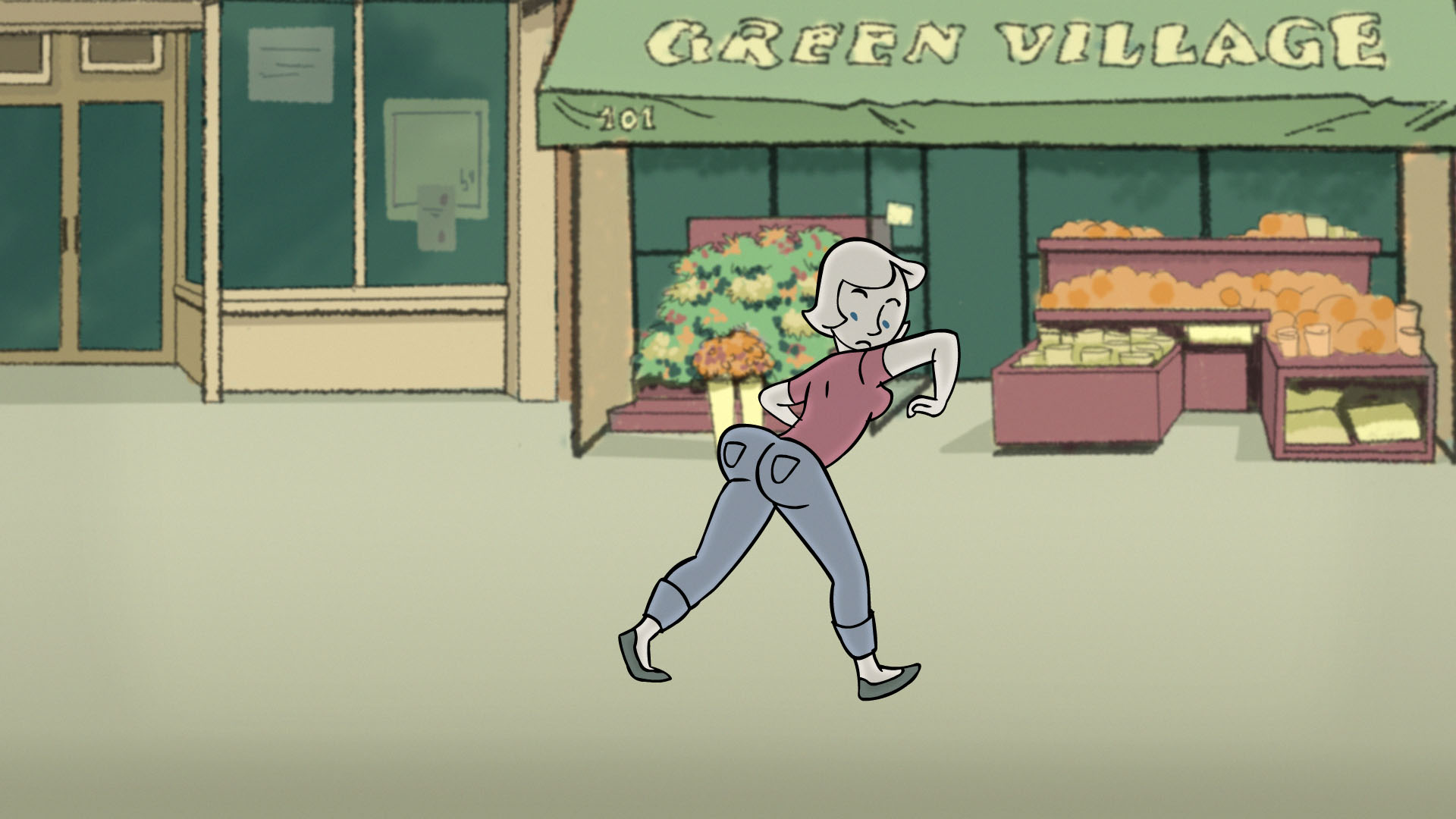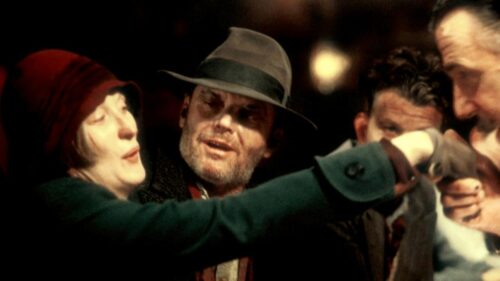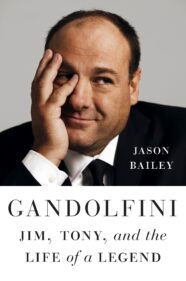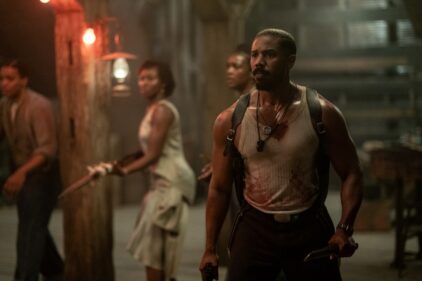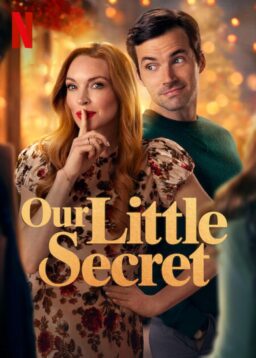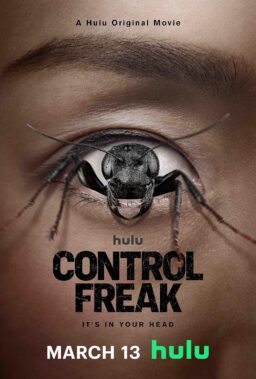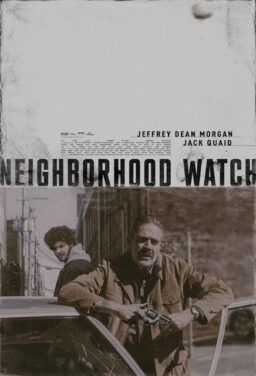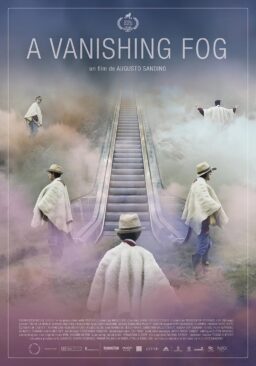In just over a month on Vimeo, Celia Bullwinkel’s animated short
film “Sidewalk” has amassed nearly 2 million views. No small feat for a short
film that did not play Sundance or many of the top-tier festivals. Short films
such as this are one of the reasons that this format remains a unique gift for
film lovers. In just over four minutes, Bullwinkel depicts the life of a woman
as she walks down a random city block. The film is designed to generate
conversation about womanhood, appearance, self perception and chauvinism. The
multi-cultural, multi-lingual comments on Vimeo and YouTube regarding “Sidewalk”
show that the conversation can take many turns, as this film will likely be
loved and hated for many different reasons.
Bullwinkel’s concept has a nice simplicity. It opens with a
mom sending her little girl off to school. As the girl walks, blissfully
unaware that childhood will soon end, she suddenly grows a few inches and with
new fashion sense, completely confused as to where the time went and how she
got that way. She keeps walking. The transformation between the ages takes
place through simple wipes done with a street lamp or a car passing by. Every
few steps, her appearance and vocation magically change. From college girl to
career woman to mom, every choice taking its toll on her physique, as life
choices often do.

Bullwinkel’s concept takes on the form of a single take shot
with a single city street serving as the backdrop. Joshua Moshier’s score
alternates seamlessly between saxophone centered jazz and a tender piano tune
that might remind some of Michael Giacchino’s score for the opening of Pixar’s “Up,”
an appropriate comparison considering the similarities between the two
sequences.
Certain little moments of the film will no doubt raise some
eyebrows. As she gets older, she notices men either noticing her too much and
making catcalls to her or not noticing her enough, which prompts her to start
exercising and doing her best to improve her appearance as life and gravity
take hold. Such a depiction will be viewed as a cultural step backwards for
women who take offense that anyone would base their worth solely on their
looks. Because Bullwinkel is a woman and she made a short film about the life
of a woman, it stands to reason that “Sidewalk” means to depict what all women
think about and how they feel about themselves as they get older.
But “Sidewalk” is not just about women. It is about all
people who look at themselves in the mirror every day and have to face who they
are, who they were and who they will become. Sometimes people walk through life
with confidence and other times, people catch a reflection of themselves in a
mirror or window and feel it might be time to head to the gym. Mid-life crises
come in all forms and at almost all stages of adulthood. Bullwinkel’s film is a
funny, heartbreaking and touching portrayal of all such insecurities.

Where
did the idea for this film come from?
The idea came from
my various experiences with cat-callers in my 20s. I live in New York, where walking down the street is
an unavoidable part of life. Walk down
these city streets for 17 years, and you accumulate quite a few stories! Films like Maggie Hadleigh-West’s “War Zone” were a big
influence on me at first, but I later decided to have my film focus inward, and
be about how a woman perceives herself.
As a woman in my
early thirties, I couldn’t help but notice ads and emails for anti-aging
products showing up in my mailbox. It
was strange; I was actually looking forward to growing older, but it seemed
like society was telling me to stop. “Sidewalk”was my outlet to share my own personal
experiences and fears about growing older.
Most importantly, I wanted to share these feelings from a female perspective,
which I believe doesn’t receive enough attention in film.
Is there a moment in the film
where you look at it and think ‘this is where I’m at right now (in life)’?
I see myself in the career stage, pre-child. The parts of
the film that really draw from my own life are the girl’s stages of adolescence. I didn’t embrace
womanhood at first, and the awkwardness caused me to hide myself. I’m looking forward to experiencing my future
physical changes and finding out whether or not I portrayed them accurately.
The film has gained
quite a large audience in just over a month online. You’re getting the kind of
numbers on Vimeo that many filmmakers would dream of having for their short
film. What do you think is the secret to its success?
“Sidewalk” is my first independent film, so I
couldn’t base my approach on any previous success. Because of this, I spent three years
fine-tuning “Sidewalk”’s story and underlying message. I drew up at least a dozen different endings,
and had to make the difficult decision of cutting almost a minute of completed
animation out of the film. When I was really stuck, I hired a screenplay
consultant to look over versions of my animatic. I chose to delay finishing “Sidewalk”
until the story’s message felt honest to me.

With such a universal
subject, its no surprise people have wildly different responses to the film.
What are some of the more interesting reactions you’ve heard/read so far?
With “Sidewalk”
viewed almost 3 million times on just my personal Vimeo and YouTube, trying to
read all of the comments can feel like sipping from a fire hose. Some viewers say the film was uplifting,
while others found the subject of an aging woman too depressing. I also learned
that “Sidewalk”’s message
didn’t connect with viewers who only connect to characters of their own gender.
Male commenters have accused me
of portraying men in a negative light, and some even sympathized with the
catcallers.
The most rewarding
responses are the personal correspondence from viewers who say “Sidewalk” had
moved them to tears. Young women struggling with body acceptance have told me
what an uplifting film “Sidewalk” has been for them.
Reading the
discussion “Sidewalk” has started, whether positive or negative, has been a
real treat though. Each time a media outlet like HuffPost, Upworthy, or Good
Housekeeping has written about the film, their Facebook posts generated
hundreds (and often thousands) of new comments. As a filmmaker, it’s a dream to
see that kind of engagement with your work.
Some people have taken
issue with the woman suddenly exercising when she sees that men no longer
notice her. How do you respond to that?
One of the big lessons I’ve learned is that there are
as many interpretations to the story as there are viewers. Each person
identifies with the character and her actions through the prism of their own
experiences. I probably wasn’t prepared for the intensity and passion of
viewers toward the idea, but we make art to express ourselves and hopefully
connect with others, so the film has been successful in that regard.
Are you also interested
in doing alive-action films or are you primarily an animator?
I love making
animation, but I’m not against telling stories in live-action. In a perfect world, I could jump from medium
to medium, depending on the project. For
now, I want to continue exploring stories with the medium I know best.
What’s
next for you?
I’m steering more into 3D animation these days;
learning software such as Maya, Nuke, and Zbrush has been my focus for the last
three years. These studies can be seen
in my next film, which is a parable about our relationship with cell phones (or
technology, for that matter). Be ready
for it in 2015!
Sidewalk from Celia Bullwinkel on Vimeo.

